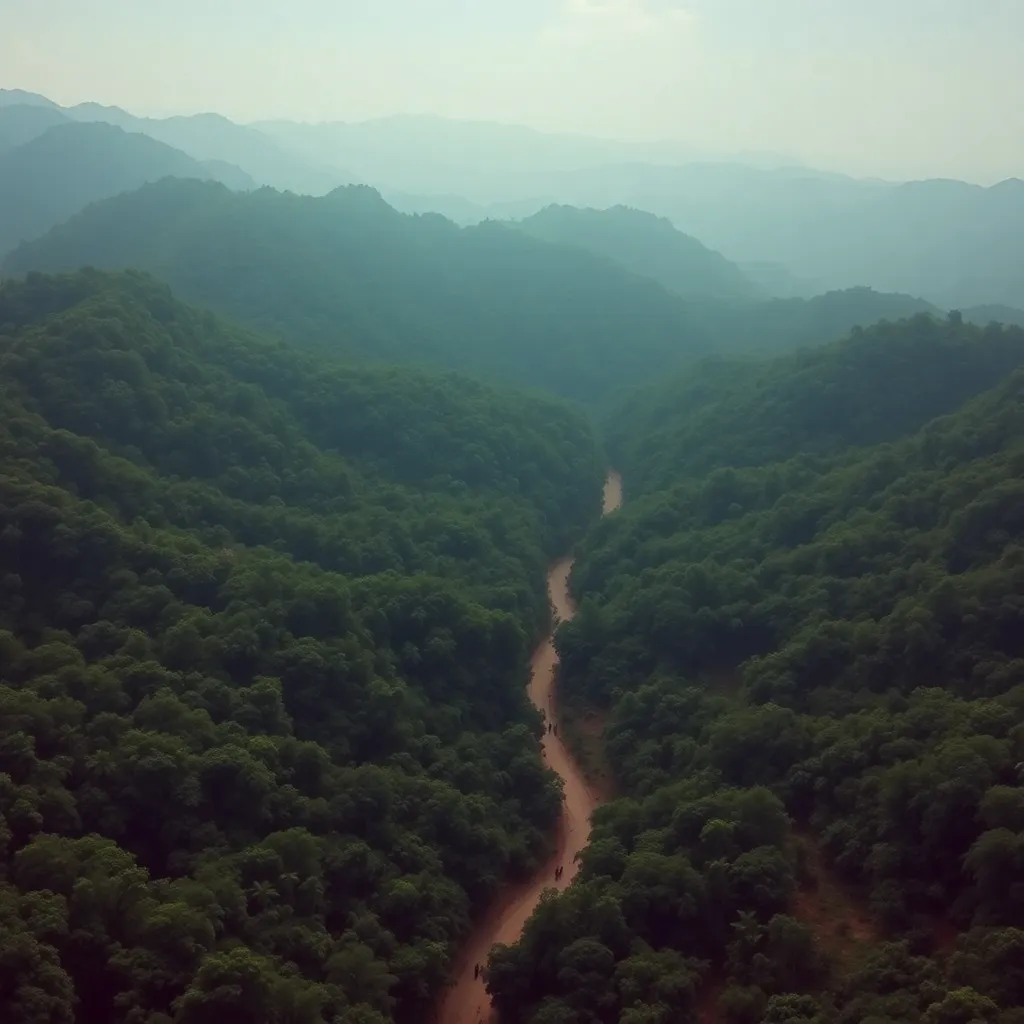
Deep within the dense jungle of Central America lies the infamous Darién Gap, a treacherous stretch of terrain that has become a crucial passage for migrants seeking to reach the United States. For years, thousands of asylum seekers have braved the unforgiving landscape, risking their lives to escape violence, poverty, and persecution in their home countries. However, a new plan is underway to halt the flow of U.S.-bound migrants at this critical juncture.
A Border in the Jungle
“The U.S. border is actually here,” Panama’s president recently declared, emphasizing the significance of the Darién Gap as a de facto border. The region’s unique geography, with its dense rainforest and winding rivers, has made it an attractive route for smugglers and migrants alike. However, the dangers that lurk within the gap are very real, with reports of armed robberies, kidnappings, and even fatalities.
A Multi-National Effort
To address the growing concern, a coalition of governments, including the United States, Panama, and Colombia, has joined forces to develop a comprehensive strategy aimed at stemming the tide of migration at the Darién Gap. The plan involves a multi-faceted approach, including:
1. Enhanced Border Security: The deployment of additional troops and border patrol agents to monitor the region and deter smugglers.
2. Humanitarian Assistance: The provision of food, shelter, and medical aid to migrants in need, as well as support for those seeking to return to their countries of origin.
3. Community Development: Initiatives aimed at promoting economic growth and stability in the region, reducing the incentives for migration.
4. International Cooperation: Strengthened partnerships between governments to share intelligence, coordinate efforts, and address the root causes of migration.
Challenges Ahead
While the plan holds promise, its success is far from guaranteed. The Darién Gap is a formidable challenge, with its harsh environment and complex web of smuggling networks. Moreover, the migrants themselves are often driven by desperation, willing to risk everything for a chance at a better life.
As the situation continues to unfold, one thing is clear: the fate of thousands of migrants hangs in the balance. Will the plan to halt U.S.-bound migrants at the Darién Gap succeed, or will the treacherous jungle route remain a pathway to hope for those seeking a brighter future? Only time will tell.






